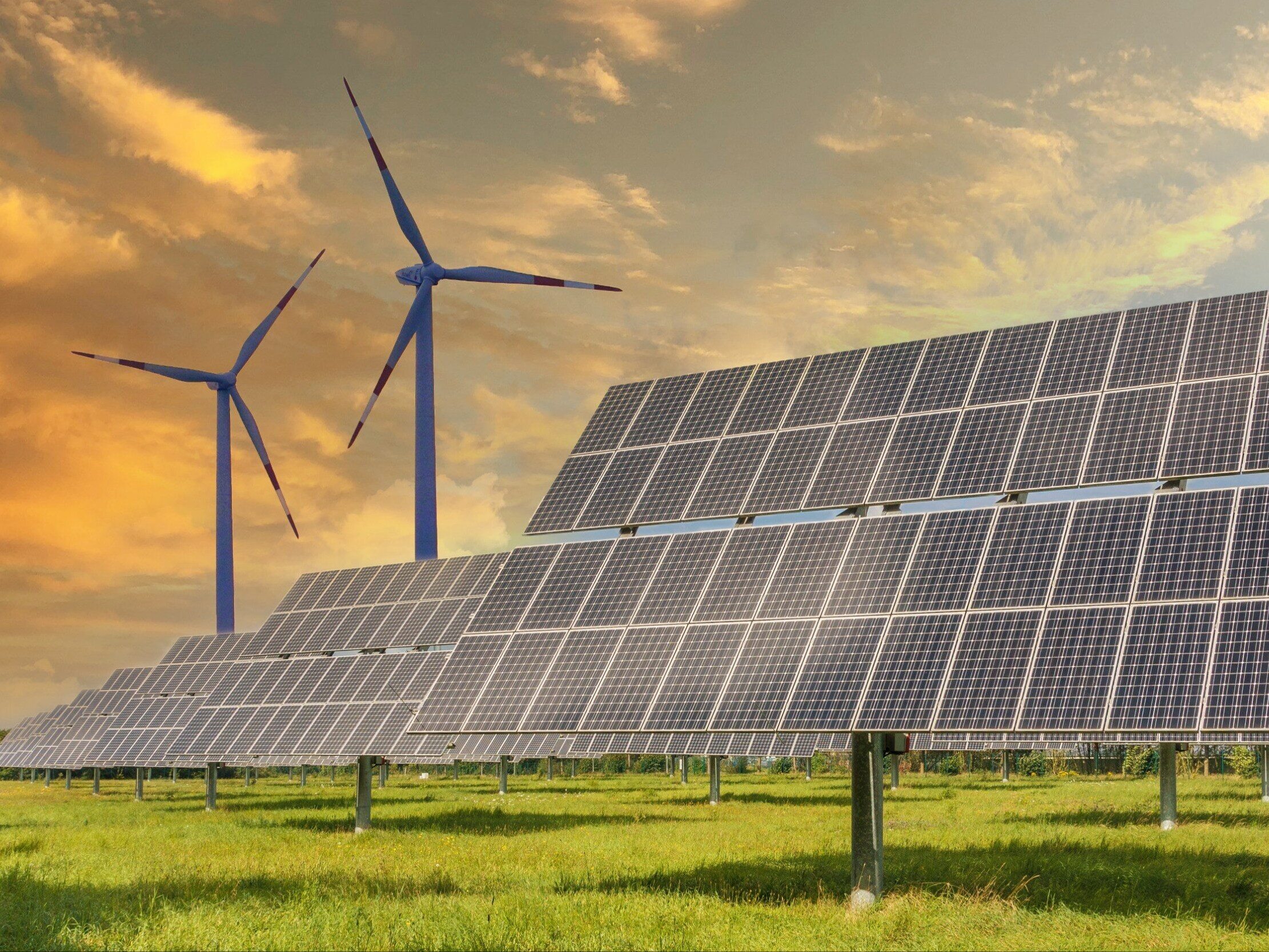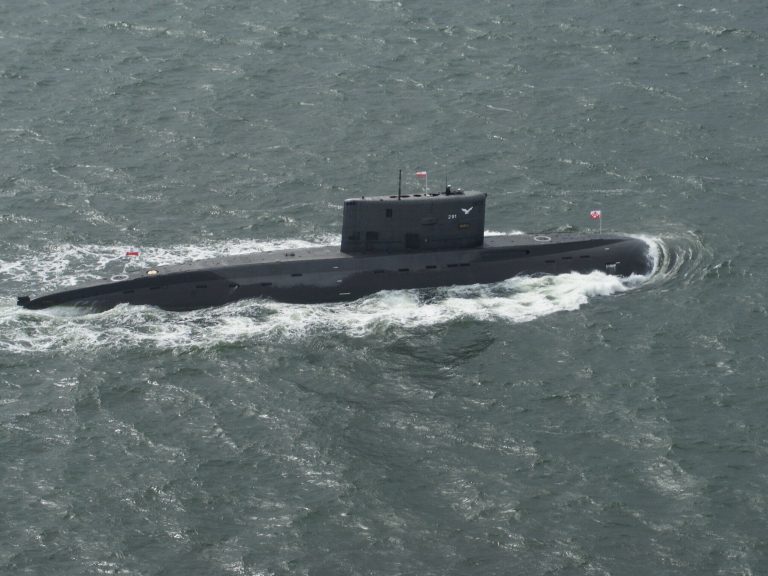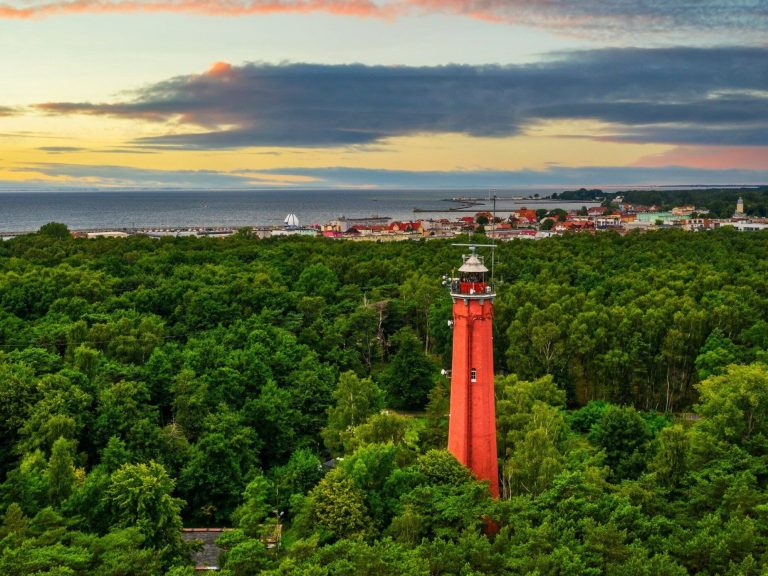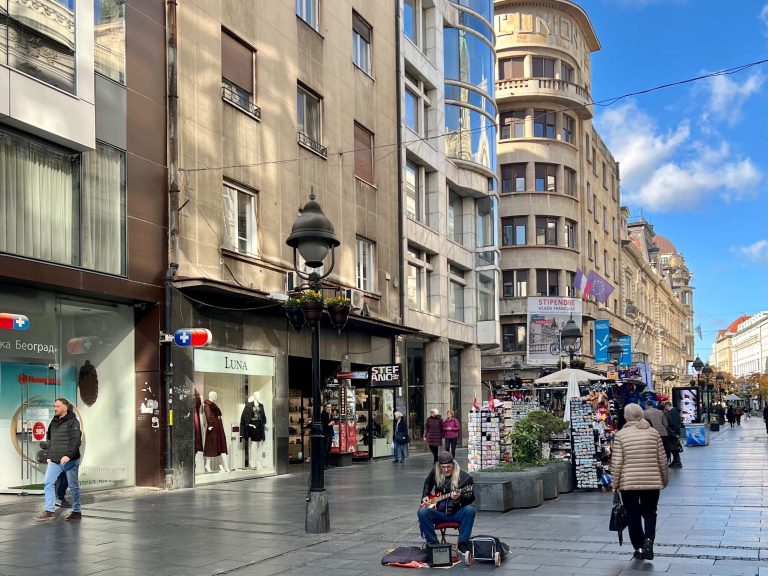Prof. Obstawski: Poland should focus on the development of smart energy networks

– The best direction of development are autonomous energy regions and smart networks with the ability to transmit energy over long distances. I believe that Poland’s energy policy should move in this direction, said Dr. Hab. in the “People of Science” podcast. Paweł Obstawski, professor at SGGW.
One of the most important challenges Poland faces is the issue of energy transformation. And energy for the future is the topic of the “Science is a Polish specialty” series in November. This month’s guest of the “People of Science” podcast is Dr. Hab. Paweł Obstawski, professor at the Warsaw University of Life Sciences from the Department of Fundamentals of Engineering and Energy, with whom we talk about renewable energy sources, energy storage, the Polish energy mix and how SGGW deals with this topic.
We invite you to listen to the entire episode of the Wprost podcast “People of Science”:
Smart energy networks
Prof. Obstawski argues in the conversation that the solution to many problems of the Polish energy industry may be the Smart Grid concept, i.e. the so-called intelligent energy networks in which there is ongoing communication between all energy market participants, including renewable energy producers, ensuring better management of energy flow and production.
– This concept is based on the fact that various forms of energy are produced from locally available energy carriers in a given area, which are aimed at generating heat and electricity. They are consumed within a given commune or location. However, surplus electricity can be fed into the grid and sent through this network to places where there is a power shortage, the scientist explains in the interview. – In terms of these smart energy networks, we talk about the so-called local autonomous regions, local energy regions that are characterized by different energy resources. So, for example, knowing that there are great wind energy resources in the north of Poland or Pomerania, you can confidently produce large amounts of electricity there, which can be sent e.g. to the south via the grid, provided that it is a modern grid. , where it is neither windy nor sunny and consume this energy there, thus relieving the commercial energy sector, which is currently based on coal – he adds.
Prof. Obstawski also points out that for several years now there have been attempts to cover the general demand for energy from renewable sources in order to meet EU directives. – Hence, there are numerous aid programs and subsidies encouraging and directing ordinary people to invest in renewable energy sources, or more precisely, in photovoltaic and compressor heat pump installations, because they complement each other, one generates electricity, the other consumes it, producing thermal energy, the scientist points out. – It’s a very cool thing, but you have to be moderate in all this. The production and consumption of this electricity, including professional energy, must be based on a certain balance, which, I think, has been lost in recent years. This is pure madness, but I guess it is true, he says.
“The net is not a bottomless bag”
– It was assumed that the energy storage facility to which electricity produced from photovoltaic installations and wind farms could be transferred would be the generally accessible network, and this would support the professional power industry. However, the fact that everyone in the socket would like to have a certain quality of energy was not taken into account. That is, phase voltage 230 V and 50 Hz. The power transmission network is not a bottomless bag. If there is too much or too little of this electricity in the network, the quality of energy in the network decreases. If there is too much energy, the frequency and effective voltage increase. If there is too little of it, the frequency and voltage drop, explains Prof. Obstawski. – The solution to this problem is to create local energy systems, autonomous energy regions combined with smart grids. This is where the whole adventure with renewable sources had to start. And this order was not followed, hence the numerous operational problems that occur. In good sunny conditions, the situation is such that in the case of large players the operator calls and says “I will turn you off today because I have too much energy in the network.” However, in the case of an ordinary Kowalski, who has a small photovoltaic installation and is located further from the transformer, the inverter protections will simply not allow him to return this energy to the grid and will disconnect his photovoltaic installation, which means he does not produce it for the system and does not earn money – he adds.
In addition to smart grids, the solution to this problem may be the possibility of storing electricity locally. – However, the technologies that exist are based on standard batteries. Hence, numerous aid and subsidy programs appear. If you have photovoltaics, install an energy storage facility at home, accumulate it during the day, release it at night – says Prof. Obstawski. – It should be remembered that these technological solutions are still expensive. Moreover, energy storage in this form is subject to aging and has a shelf life. The question is, what’s next? This will need to be disposed of. And again the question arises about the carbon footprint, impact on the environment and so on – he adds.
The scientist points out that “the ideal solution would be to be able to transport the stored electricity by road or rail.” – So-called flow storage technologies are being developed. Very interesting technology. This means that the surplus electricity produced is stored in electrolyte, which can be pumped into a tanker, transported by road, or loaded into an empty warehouse. The discharged electrolyte can be delivered to wherever there is a surplus of energy, he explains. – This would be perfect for large solar farms. If there is a surplus of energy, and the farm produces, and we cannot put the energy into the grid because there is too much of it in this area, we pump it, transport it and send it elsewhere. We unload and reload. The electrolyte is lossless, so it can be used for many, many years, he adds.
Prof. Obstawski: The best direction of development is smart networks
Prof. Obstawski emphasizes, however, that the disadvantage of any form of energy storage is the sensitivity of batteries to low operating temperatures, which results in the loss of their service life.
– Therefore, the best direction of development are autonomous energy regions and smart networks with the ability to transmit energy over long distances. I believe that Poland’s energy policy should move in this direction and at this point focus on restructuring the public network.
When asked where he sees Poland’s chances for developing its energy production technologies, the scientist points to the area of biomass processing and biogas production. – Because even if you look at the areas of Warsaw, the entire urban agglomeration, there are a lot of green areas on the outskirts that need to be cared for. A lot of bio-waste is produced and disposed of somewhere. And these bio residues can be processed and easily produce biogas, which could be used locally to generate electricity or heat – points out an expert from SGGW. – Investing in such micro or mini biogas plants, not home ones, but, for example, municipal ones, could be one of the solutions that would be worth implementing – he says.






